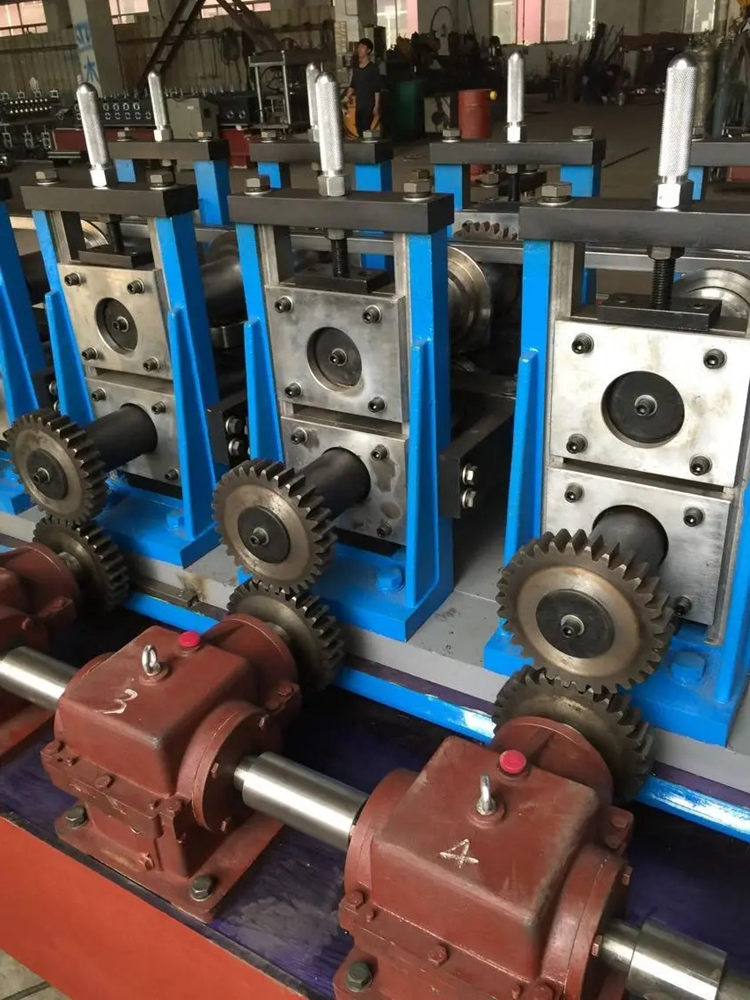
The Art of Gutter Forming An Overview
Gutter forming is an essential process in various industries, particularly in construction and manufacturing, where effective drainage systems and material shaping are crucial. This article explores the principles, methods, and applications of gutter forming, underscoring its significance in ensuring both functionality and aesthetic appeal.
Understanding Gutter Forming
At its core, gutter forming refers to the process of creating channels or troughs that guide water away from structures or direct it towards collection points. This technique is vital in preventing water accumulation, which can lead to structural damage, mold growth, and slippery surfaces. The process can involve various materials, including metal, plastic, and concrete, each chosen based on the specific requirements of the project.
Methods of Gutter Forming
There are several methods employed in gutter forming, each suited to different materials and applications
1. Metal Gutter Forming Often used for aluminum or steel gutters, this method involves the use of specialized machinery that can bend and shape sheets of metal into the desired gutter profile. Techniques such as roll forming and seam welding are common, ensuring that the product is both durable and effective in directing water flow.

2. Plastic Gutter Forming For plastic materials, extrusion is a prevalent method. Heated plastic is forced through a mold, creating a continuous length of gutter material that can be cut to size. This approach allows for the production of lightweight, corrosion-resistant gutters that are easy to install.
3. Concrete Gutter Forming In more permanent installations, such as roadways and drainage systems, concrete is molded to create gutters. This process involves pouring concrete into forms that shape the material as it sets. Concrete gutters are particularly effective in handling large volumes of water due to their strength and stability.
Applications of Gutter Forming
The applications of gutter forming extend beyond residential roofing systems. It plays a critical role in urban planning, where effective drainage systems are necessary to manage stormwater runoff and prevent flooding. In addition, decorative gutters are becoming increasingly popular in architectural designs, where aesthetics are as important as functionality.
Moreover, various industries utilize gutter forming in different capacities. For instance, agriculture relies on proper drainage systems created through gutter forming to manage irrigation and runoff effectively. In industrial settings, customized gutters are often integrated into manufacturing processes to manage waste materials and ensure efficient operation.
Conclusion
Gutter forming is a vital process that combines engineering principles with practical design. Its application in various industries highlights its importance in both functional and aesthetic contexts. As technology progresses, we can expect to see innovations in gutter forming methods and materials, leading to even more efficient and effective drainage solutions. Whether in a residential context or a larger industrial application, the role of gutter forming cannot be underestimated; it is a fundamental aspect of modern infrastructure that ensures the longevity and safety of structures worldwide.